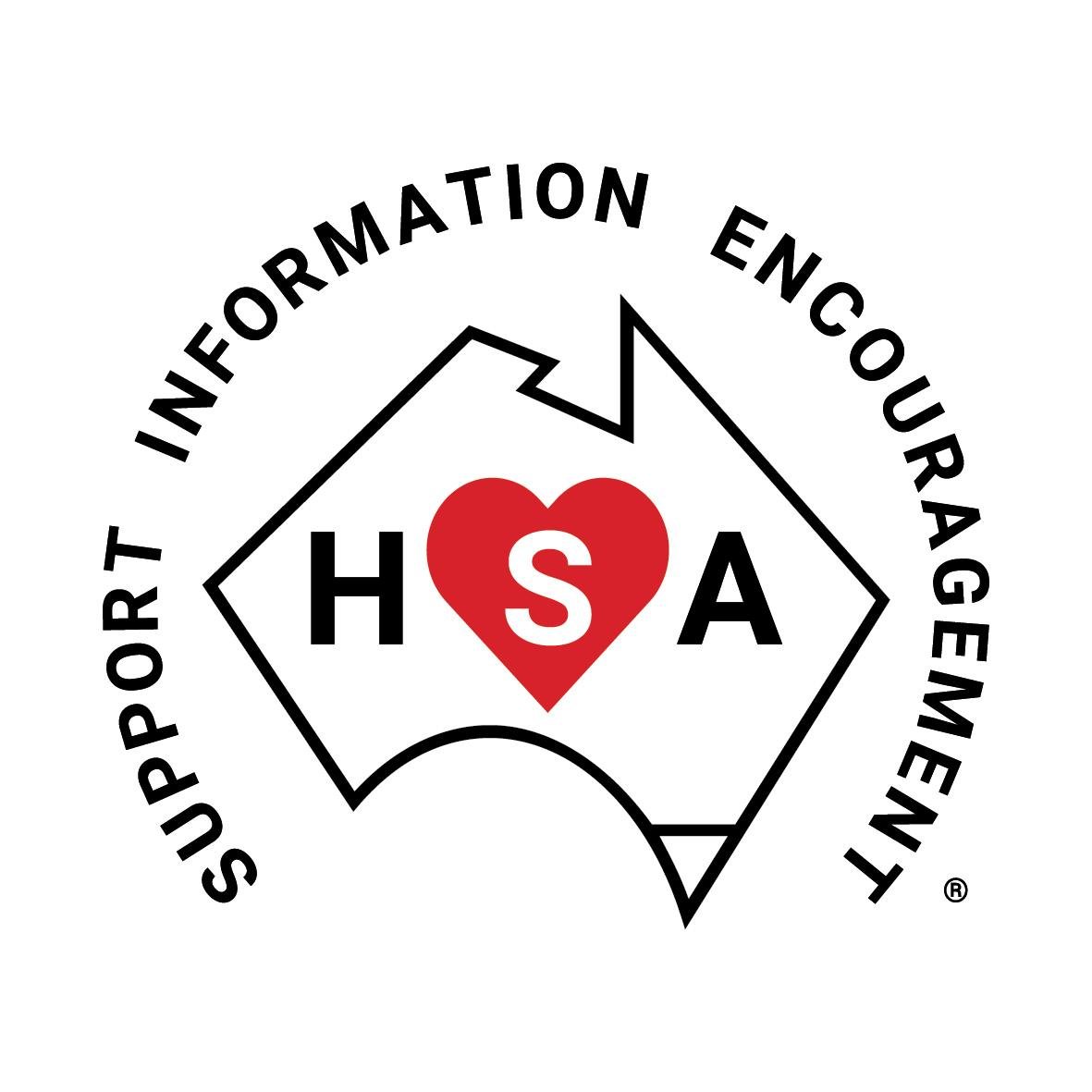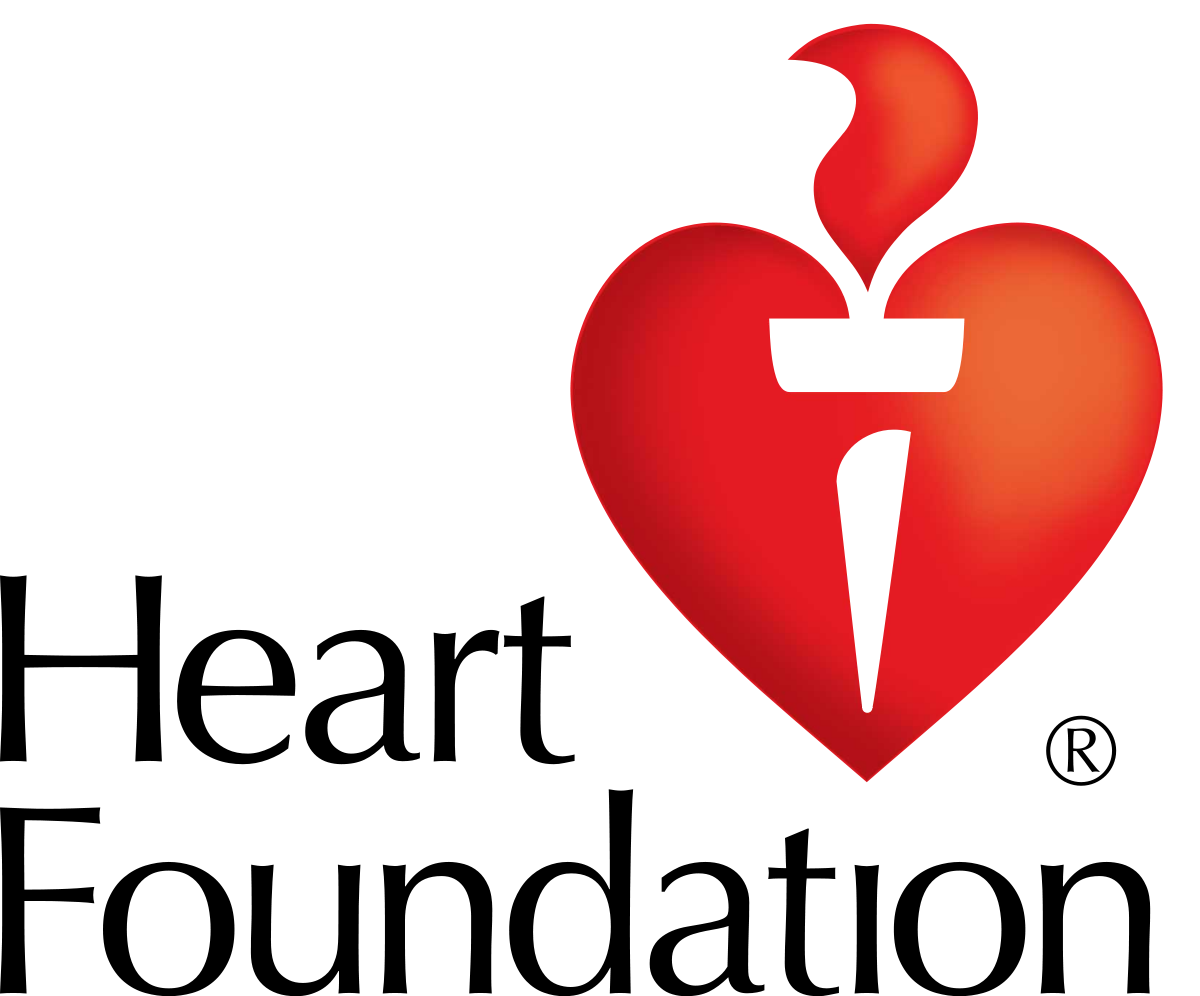Heart surgery
Heart surgery is usually conducted to treat coronary artery disease (CAD) due to fatty plaques and scar tissues being formed within a segment of the coronary artery, contributing to a diminished blood supply to the heart. CAD can cause pain, shortness of breath and heart attacks.
A form of surgery used to treat coronary artery disease is artery bypass graft surgery (CABG).
Coronary artery bypass graft surgery (CABG) is when a blood vessel taken from elsewhere in the body is used to bypass the blockage and to restore a good supply of blood to your heart. CABG can relieve your pain and can contribute to you living longer.
The risk factors that could lead to heart disease include:
- High diet of saturated fats
- Smoking
- Obesity
- Lack of exercise
- Uncontrolled diabetes
- High blood pressure
- Family history of heart disease
Heart bypass operation
Your chest, arms and legs are shaved and your skin washed with antiseptic solution. It is important not to eat or drink for some time before the operation. You are given a pre-medication injection to make you feel drowsy and to dry up internal secretions.
Heart bypass surgery is performed under general anaesthetic. The saphenous vein (from your leg) the internal mammary artery (from your chest wall) or the radial artery (from your wrist) can be used as grafts. Commonly, between two and four coronary arteries are grafted, depending on the location and severity of the blockages.
The surgeon accesses your heart using one of two possible incisions: either cutting down the length of your breastbone (median sternotomy) or cutting beneath the left nipple (thoracotomy). A heart-lung machine maintains your blood circulation while your heart is deliberately stopped. The vein or artery is then grafted onto the narrowed segment of coronary artery, which allows the blood flow to bypass the blockage.
Immediately after heart bypass surgery
- You should talk to the medical staff if you have any fears or anxieties over the few days immediately after the operation, as emotional stress can make demands on your heart.
Following the operation:
- You spend a day or two in the intensive care unit. You have numerous monitors attached to you that are located by your bed.
- You have a couple of intravenous lines to keep your body fluids and electrolyte levels in balance.
- The medical and nursing staff are trained to look out for any complications or potential complications. They keep an expert eye on your heart tracings, and treat any irregularities if they arise.
- You have a nasogastric tube (a thin tube passed through your nose and into your stomach) to drain any excess stomach fluids, and a tube into your bladder to drain off and measure your urine output.
- You are shown how to care for your wounds. Often, washing with soap and water is enough.
- You are given advice on angina (chest pain), such as how to treat it and when to get medical help.
- Your doctor advises on when you can return to work, resume driving, and exercise strenuously.
- You are shown breathing exercises and other exercises by a physiotherapist.
- Before you leave hospital, your doctor should provide guidelines about restarting sexual activity. You should be given advice on positions that reduce exertion during sex, and what to do if you experience angina.
Complications of heart bypass surgery
Some of the possible complications of heart bypass surgery include:
- Haemorrhage
- Infection of the wound
- Heartbeat irregularities (arrhythmia)
- Kidney failure
- Fluid build-up in the lungs (pleural effusion)
- Blood clots in the leg veins (thrombosis)
- Stroke.
Taking care of yourself at home
Be guided by your doctor, but general suggestions include:
- Take all prescribed medications strictly as directed by your doctor.
- Activities such as sneezing and coughing could cause some discomfort around your wound site. Don't be alarmed, as this is normal.
- Watch for any possible complications. Some of the symptoms of infection (for example) may include redness, drainage of pus, heat, or increasing pain at your wound site. Other symptoms that may indicate problems include difficulty breathing, or a swollen and tender calf muscle.
- You will need to wear an elastic support stocking on the leg that the vein was removed from. Raise your leg regularly to reduce swelling.
- Your breastbone needs at least three months to properly heal. Strictly avoid lifting, pulling or pushing heavy objects for at least six to eight weeks after the operation.
- Follow your doctor's recommendations on diet and exercise.
- Eat a wide variety of fresh fruit and vegetables, wholegrain cereals and cold-water fish (such as salmon, tuna, sardines, mackerel, swordfish and sea mullet).
- In particular, avoid saturated fats found in animal products (including dairy foods) and hidden fats in pastries, biscuits, fried foods, snack foods, chocolate and cocoa.
- Don't smoke.
Other forms of treatment
The main alternatives to heart bypass surgery include:
Drug therapy – the idea of treatment is to increase the blood flow through your arteries and discourage further deposits of fatty substances. Along with drug therapy, your doctor will ask you to lose weight (if overweight), stop smoking and modify your diet. They will also suggest an exercise plan.
Balloon angioplasty – a cardiac (heart) catheter is passed into the narrowed section of the coronary artery and inflated. This ballooning effect stretches the section of the coronary artery and improves blood flow. A small mesh tube or stent may then be inserted to keep the artery open.
Where to get help:
- Your doctor
- Cardiologist
- Cardiac surgeon
Source: Better Health Channel, https://www.betterhealth.vic.gov.au/health/ConditionsAndTreatments/heart-bypass-surgery

